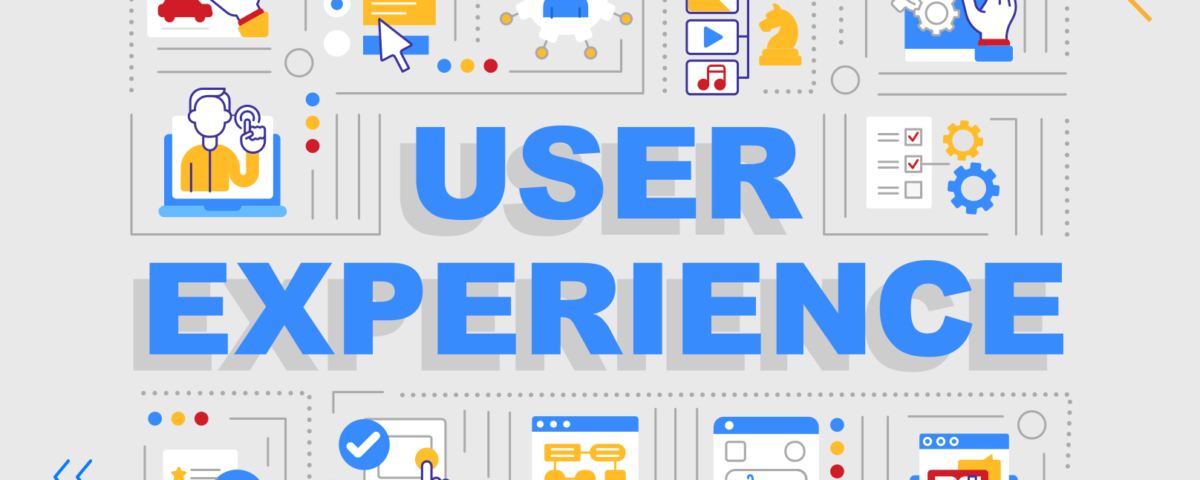User Experience: Enhancing Digital Interactions

App Analytics: Unlocking Insights for Better Performance
May 26, 2024
Mobile Security: Protecting Your Devices in a Digital World
May 26, 2024User Experience: Enhancing Digital Interactions
Thank you for reading this post, don't forget to subscribe!Introduction
User experience (UX) is a critical aspect of digital design, directly impacting how users interact with websites, apps, and software. A well-designed UX leads to higher user satisfaction, increased engagement, and better conversion rates. This article explores the key elements of user experience, best practices, and the tools to create an exceptional digital experience.
What Is User Experience?
User experience encompasses all aspects of a user’s interaction with a product or service. It involves understanding user needs, creating intuitive interfaces, and ensuring seamless navigation. UX design aims to provide meaningful and relevant experiences, ultimately fostering user loyalty and satisfaction.
Key Elements of User Experience
Usability
Usability refers to how easily users can navigate and interact with a product. Key aspects include:
- Ease of Learning: How quickly new users can learn to use the interface.
- Efficiency: How fast users can complete tasks.
- Memorability: How easily users can remember how to use the interface after a period of not using it.
- Error Handling: How well the interface prevents errors and helps users recover from them.
Accessibility
Accessibility ensures that all users, including those with disabilities, can use the product effectively. This involves:
- Keyboard Navigation: Allowing users to navigate without a mouse.
- Screen Reader Compatibility: Ensuring content is readable by screen readers.
- Color Contrast: Using sufficient contrast between text and background.
Visual Design
Visual design enhances the aesthetic appeal and usability of the interface. Key components include:
- Consistency: Maintaining uniform design elements across the interface.
- Typography: Using readable fonts and appropriate sizes.
- Color Scheme: Choosing colors that align with the brand and enhance usability.
Information Architecture
Information architecture involves organizing and structuring content to help users find what they need. This includes:
- Navigation: Designing clear and intuitive menus.
- Hierarchy: Structuring information logically, with important content easily accessible.
- Labeling: Using clear and descriptive labels for navigation and content.
User Research
User research involves gathering insights into user behaviors, needs, and motivations through various methods, including:
- Surveys: Collecting quantitative data on user preferences.
- Interviews: Gaining in-depth qualitative insights from users.
- Usability Testing: Observing users as they interact with the product to identify pain points.
Best Practices for Enhancing User Experience
Understand Your Users
Conduct thorough user research to understand your audience’s needs, preferences, and pain points. Use personas and user journeys to map out typical user behaviors and scenarios.
Prioritize Simplicity
Keep the design simple and intuitive. Avoid clutter and ensure that users can accomplish their goals with minimal effort. Use clear calls to action and straightforward navigation.
Focus on Mobile Experience
With the increasing use of mobile devices, ensuring a seamless mobile experience is crucial. Implement responsive design to adapt your interface to different screen sizes and devices.
Optimize Load Times
Fast load times are essential for a positive user experience. Optimize images, leverage browser caching, and minimize server response times to ensure quick and efficient performance.
Provide Feedback
Give users feedback on their actions to guide them through the interface. Use visual cues, such as button states and progress indicators, to show that actions have been acknowledged.
Conduct Usability Testing
Regularly test your product with real users to identify issues and areas for improvement. Use the insights gained to refine the design and enhance the overall experience.
Ensure Consistency
Maintain consistency across your interface in terms of design elements, interactions, and terminology. This helps users build familiarity and navigate more easily.
Use Clear and Concise Language
Communicate clearly with users using plain language. Avoid jargon and ensure that instructions, labels, and messages are easy to understand.
Tools for User Experience Design
Sketch
Sketch is a powerful design tool for creating wireframes, prototypes, and high-fidelity designs. It offers a wide range of plugins and integrations to streamline the design process.
Adobe XD
Adobe XD is a versatile tool for designing and prototyping user experiences. It supports vector design and provides collaborative features for team projects.
InVision
InVision allows designers to create interactive prototypes and gather feedback from stakeholders. Its collaboration features make it easy to share and refine designs.
Figma
Figma is a cloud-based design tool that supports real-time collaboration. It offers robust features for creating and prototyping user interfaces, making it ideal for team projects.
Hotjar
Hotjar provides insights into user behavior through heatmaps, session recordings, and feedback polls. It helps identify areas for improvement and understand how users interact with your product.
Conclusion
User experience is a vital component of successful digital design. By focusing on usability, accessibility, visual design, and user research, you can create products that meet user needs and expectations. Implementing best practices and leveraging the right tools will help you design exceptional user experiences that drive engagement and satisfaction. Prioritize your users, test regularly, and refine your designs to stay ahead in the competitive digital landscape.
For more information: www.ecbinternational.com


